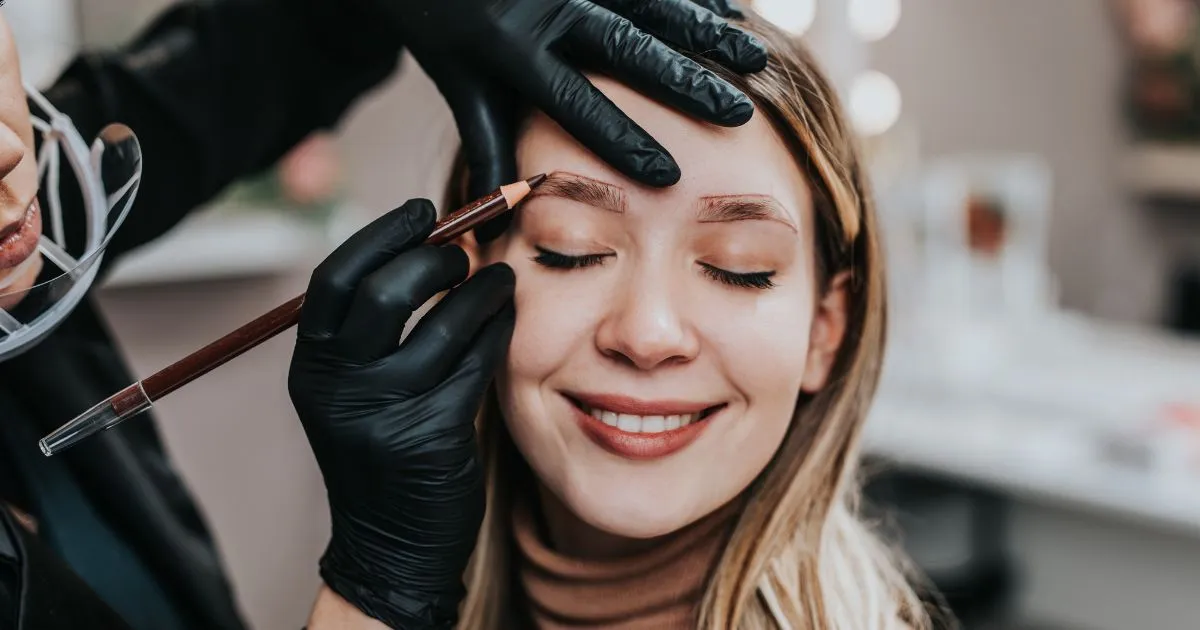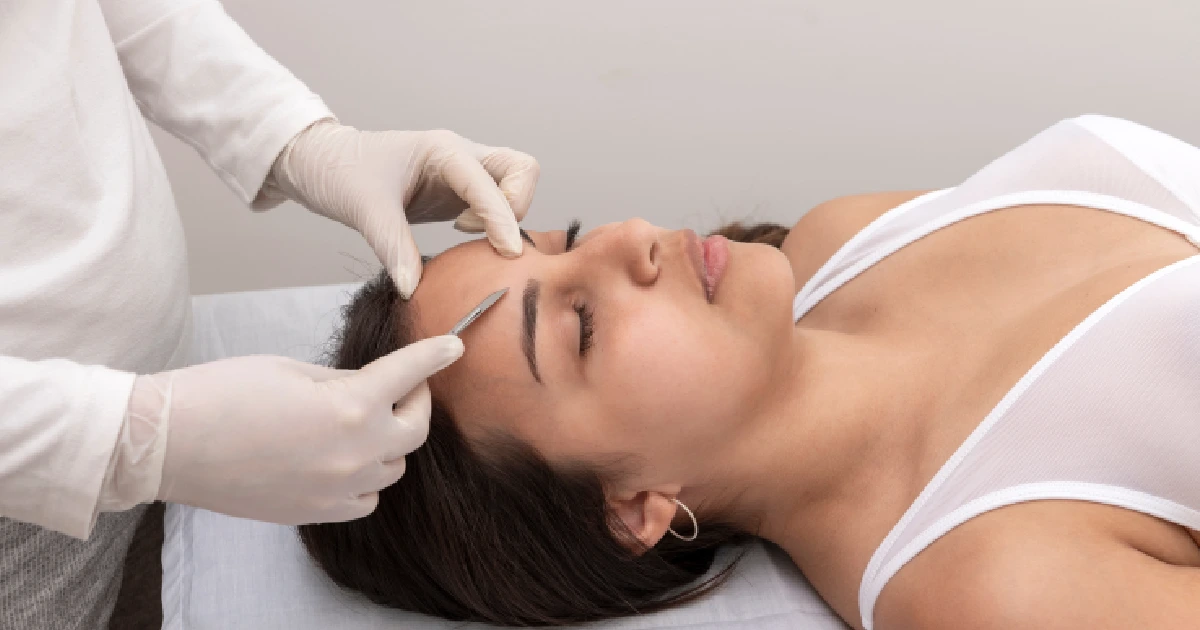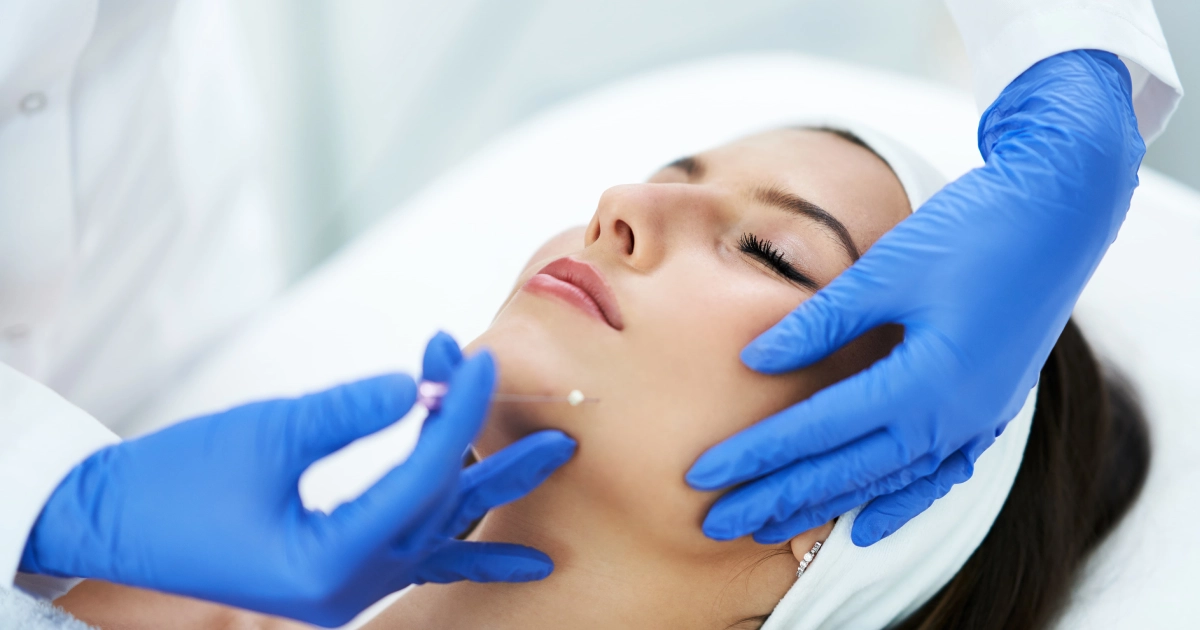Dermaplaning is a form of mechanical exfoliation praised for its ability to instantly smooth the skin, improve product absorption, and create a flawless canvas for makeup. Whether preparing for a special event or wanting to enhance your skin’s natural radiance, dermaplaning offers a quick and effective solution. But, as with any skincare treatment, it’s important to be informed about the possible side effects.
In this blog post, we’ll explore the common side effects of dermaplaning and provide tips on minimizing or preventing them. We’ll also offer insights into what you can expect from dermaplaning treatments in Lake Forest, IL, and why choosing the right provider is crucial for achieving the best results.
What are the common side effects of dermaplaning?
While dermaplaning is generally safe and well-tolerated, some individuals may experience side effects. These can range from mild and temporary to more persistent, depending on various factors such as skin type, the skill of the practitioner, and post-treatment care. Here are some of the most common side effects:
Redness and Irritation
What Causes It: Redness and irritation are among the most common side effects of dermaplaning. The procedure involves physically scraping the skin’s surface, which can lead to temporary inflammation. This is particularly true for those with sensitive skin or underlying conditions like rosacea or eczema.
How to Avoid It:
- Pre-Treatment Preparation: Proper preparation of your skin before the treatment minimizes irritation. Avoid using retinoids, exfoliants, or other potent skincare products for at least a week before your appointment.
- Post-Treatment Care: Soothe your skin with gentle, hydrating products afterward. Avoid harsh ingredients like alcohol or fragrances, which can exacerbate irritation. Applying a cool compress can also help reduce redness.
Dryness and Flaking
What Causes It: The removal of dead skin cells during dermaplaning can sometimes lead to dryness and flaking as your skin adjusts to the treatment. This side effect is typically temporary and can be managed with proper hydration.
How to Avoid It:
- Hydrate Before and After: Ensure your skin is well-hydrated before the treatment by using a gentle moisturizer in the days leading up to your appointment. After dermaplaning, apply a rich, hydrating moisturizer to lock in moisture and prevent dryness.
- Avoid Over-Exfoliation: In the days following dermaplaning, avoid using other exfoliating products, as these can strip the skin further and lead to increased dryness..
Breakouts and Acne Flares
What Causes It: Although dermaplaning is often recommended for acne-prone skin to help reduce clogged pores, it can sometimes trigger breakouts. This is usually due to the skin’s natural reaction to being exfoliated or using products that clog pores post-treatment.
How to Avoid It:
- Choose Non-Comedogenic Products: After dermaplaning, use non-comedogenic (won’t clog pores) skincare products to minimize the risk of breakouts. Look for lightweight, oil-free formulations.
- Keep Your Hands Off: Avoid touching your face after the treatment to prevent the transfer of bacteria from your hands to your freshly exfoliated skin.
Sensitivity to Sunlight
What Causes It: Dermaplaning removes the outer layer of dead skin cells, which can leave your skin more susceptible to UV damage. This increased sensitivity can lead to sunburn or hyperpigmentation if proper precautions are not taken.
How to Avoid It:
- Apply Sunscreen: After dermaplaning, it’s crucial to apply a broad-spectrum sunscreen with at least SPF 30. This should be part of your daily routine, especially in the days immediately following the treatment.
- Limit Sun Exposure: Avoid direct sunlight for at least a few days post-treatment. If you need to be outdoors, wear a wide-brimmed hat and seek shade whenever possible.
Mild Discomfort During the Procedure
What Causes It: Some individuals may experience mild discomfort during dermaplaning, especially if it’s their first time or they have sensitive skin. This can manifest as a slight tingling or scraping sensation as the blade passes over the skin.
How to Avoid It:
- Communicate with Your Practitioner: If you feel discomfort during the procedure, let your practitioner know. They can adjust the pressure or technique to make the experience more comfortable.
- Proper Skin Preparation: Ensuring your skin is clean and free of oils or makeup before the treatment can help reduce discomfort.
How to Ensure a Safe Dermaplaning Experience
Now that we’ve covered the potential side effects of dermaplaning, let’s discuss how you can ensure a safe and satisfying experience. By taking the right precautions and choosing the right provider, you can enjoy the benefits of dermaplaning with minimal risk.
Schedule a Consultation: Before undergoing dermaplaning, consult a qualified esthetician or dermatologist. This will allow you to discuss your skin concerns, medical history, and potential risks. Your provider can also assess whether dermaplaning is the best treatment for your skin type and needs.
Prepare Your Skin Properly: Proper skin preparation is key to minimizing side effects. In the days leading up to your treatment, avoid using harsh skincare products, such as retinoids, acids, or exfoliants. These can make your skin more sensitive and increase the likelihood of irritation.
Choose a Qualified Practitioner: Your practitioner’s skill and experience play a significant role in the outcome of your dermaplaning treatment. Look for a licensed esthetician or dermatologist with extensive experience with dermaplaning. The Aesthetic Lounge in Lake Forest, IL, is a trusted provider known for its highly trained staff and commitment to client safety.
Follow Aftercare Instructions: Your skin will be more sensitive and vulnerable after your dermaplaning treatment. It’s essential to follow all aftercare instructions provided by your practitioner. This may include avoiding sun exposure, using gentle skincare products, and keeping your skin hydrated.
Avoid Makeup Immediately After: While dermaplaning creates an ideal canvas for makeup application, it’s best to wait at least 24 hours before applying makeup. This gives your skin time to heal and reduces the risk of irritation or breakouts.
Monitor Your Skin: After your treatment, monitor your skin for signs of adverse reactions. Contact your provider immediately if you notice persistent redness, swelling, or discomfort. They can offer guidance on managing side effects or determine if additional treatment is necessary.
Conclusion
Dermaplaning is a fantastic option for achieving smoother, more radiant skin. By understanding the common side effects and taking steps to avoid them, you can enjoy the benefits of this treatment with confidence. Choosing a skilled practitioner and following proper aftercare is key to a successful dermaplaning experience.
Lake Forest, IL, is home to a variety of skincare clinics, but The Aesthetic Lounge stands out for its expertise in dermaplaning and other advanced skincare treatments. The clinic is renowned for its personalized approach, ensuring clients receive a treatment plan tailored to their unique skin needs. Whether you’re a dermaplaning veteran or new to the treatment, the team at The Aesthetic Lounge will work with you to achieve the best possible results.
Don’t wait—take the first step towards a more radiant you by booking your dermaplaning appointment now. Contact us today!




